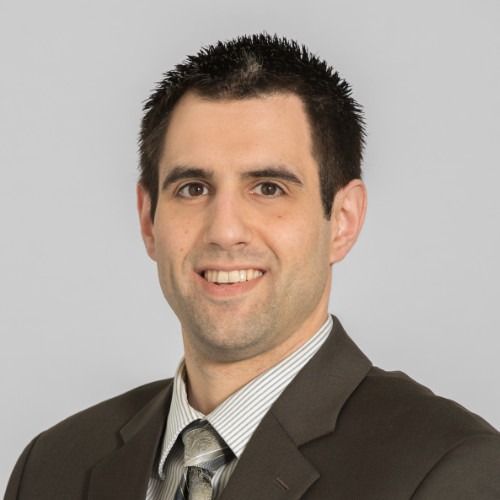‘The art of discipline’
If it is possible for long-term care operators to forecast an economic storm, the management at Carol Woods Retirement Community might as well be meteorologists in the field. Carol Woods President/CEO Patricia E. Sprigg speaks with Associate Editor Kevin Kolus on how the independent living, assisted living, and skilled nursing facility of 460 residents located in burgeoning Chapel Hill, North Carolina, has navigated the recession with a strict adherence to preparation and regimented operation.
Kolus: How has your company been affected by the recession?
Sprigg: We went from an investment portfolio of $39 million to $27 million virtually overnight like everybody else. But that said, I think Carol Woods, because of our strategic planning process, and because we never balance our budget just on the back of that particular year, we probably weathered the storm a lot better than most. Our practice is not to budget necessarily what is happening in any solitary fiscal year but rather we’re constantly looking long range.
Kolus: What are some of the initiatives that were part of your strategic planning?
Sprigg: We took our 30-year-old campus and reduced its longevity to 12.5 years in terms of a very aggressive capital improvement plan. Also, we diligently built our waiting list, and we entered this economic downturn with a 10-year waiting list, so we didn’t corrode our occupancy at all. When I look behind us, it certainly was a lot of forward planning, and I think that the lesson learned for facilities is you can’t just live in the moment.
We had our goals going into it in 2008 when we realized the market was tumbling. We had lots of meetings with our board, with our residents, with our staff, going through “what-ifs?” What if we lost 10% of our income? What if we lost 20%? It was constant scenario planning as we were in the midst of it.
Kolus: How else have staff and the resident community contributed to the facility’s economic crisis-management?
Sprigg: I flattened the organization years ago, which means all of our divisions work together as one team on the budget. All of our staff was very involved in the budget process and I had meetings with them saying, “We’ve got to cut costs, please come up with ideas.”
We had initiatives coming out that were very small, such as doing away with all of the disposable products in the café, which means you have to bring your travel mug from home. That saved us $40,000. Already put into place with the residents was an energy conservation initiative. That saved us 1% of our electric bill this year, and those are huge dollars.
What I said to staff was, “This is my commitment to you. To the best of our ability we will not have layoffs, we will not freeze wages. We are going to focus on wage increases and in exchange you need to reduce overtime, you need to give me suggestions on how to cut costs, and you are going to have to work smarter.” We ended up keeping all benefits intact, including healthcare, which was challenging but we did it.
I am proud to say, as of the financials in August, we have an operating margin of $750,000. We went in the year with a deficit. That is what our staff did-we renegotiated contracts and took advantage of everything from our payroll vendor to contracted renovation work, as well as food service vendors and our physician contract. Because of the economy, people were hurting and it was a good time to renegotiate a lot of things.
Kolus: Earlier when you said, “When I look behind us…,” were you implying your facility has weathered the recession?
Sprigg: I’m afraid if I say it out loud, it may not be true. We have taken our lumps. We’ve had to slow down capital improvement and those types of things. But our occupancy, if you count in everything that is reserved, is at 99%. I definitely think that we’ve turned a corner. I hope that [Federal Reserve Chairman Ben] Bernake is right in saying we’ve hit the bottom and we’re on the rebound.
Also, we usually pull $1.5 million from investments, and we did not touch them this year. It was the art of discipline. We thought we were running a very efficient operation, but when we gathered the troops and said, “Where else can we cut corners without cutting quality?” it was amazing what we could bring out.
Kolus: Any final thoughts on what other providers should be on the lookout for?
Sprigg: We’re still looking for those trip wires. What’s going to come after this-we’re going to see increasing inflation, which for long-term care is just as bad as a recession, if not worse. So we’re now saying, we’re coming out of a very deep recession, and I bet this time next year we’ll be talking about high inflation if not double-digit inflation.
To send your comments to the editor, e-mail mhrehocik@iadvanceseniorcare.com.
Sidebar
At a glance…
By anticipating bad times well in advance, Carol Woods has traversed this rough economy while holding onto its most prized investments: the staff and residents.
Long-Term Living 2009 October;58(10):52-53

Kevin Kolus wrote for I Advance Senior Care / Long-Term Living when he was an editor. He left the brand in 2012. He is now senior communications manager at Cleveland Clinic.
Related Articles
Topics: Articles , Facility management , Leadership











